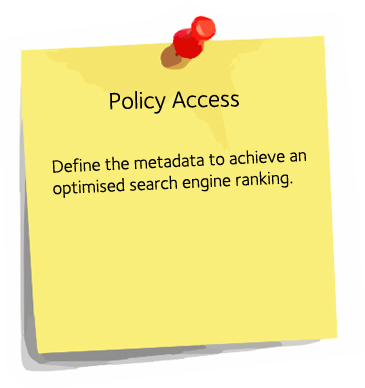Topic outline
-
Access: The policy is easy to locate, easy to read, well written, clear and concise. The policy uses comprehensible language, logical headings, provides links to relevant resources and the entire policy is downloadable in an easy to print and read document. (AISP 2010-2012)
Examples: University of Western Australia, and La Trobe University.
Search terms for ease of access: Policy makers should work with web developers to ensure that appropriate meta-data is included so that all stakeholders can easily find the policy using a range of appropriate search terms. Some examples include: academic integrity, academic honesty, academic misconduct, research integrity, academic integrity breach, plagiarism, acknowledgement, academic writing conventions, citation, quoting, paraphrasing, summarising, collaboration, copyright, intellectual property, plagiarism, cheating, collusion, data fabrication, misrepresentation, assessment, plagiarism detection, text-matching software.
Languages for ease of policy access: International students and domestic students from ESL backgrounds may experience cultural and linguistic barriers when asked to respond to a concern of a possible breach of academic integrity. To deliver a policy that is accessible, meaningful and relevant to this student group the academic integrity policy may be provided in a range of languages.
Example: Griffith University in cooperation with the Student Representative Council provides its Student Academic Misconduct Policy in Arabic, French, Hindi, Korean, Shona, Simplified Chinese, Spanish, Traditional Chinese and Vietnamese.
